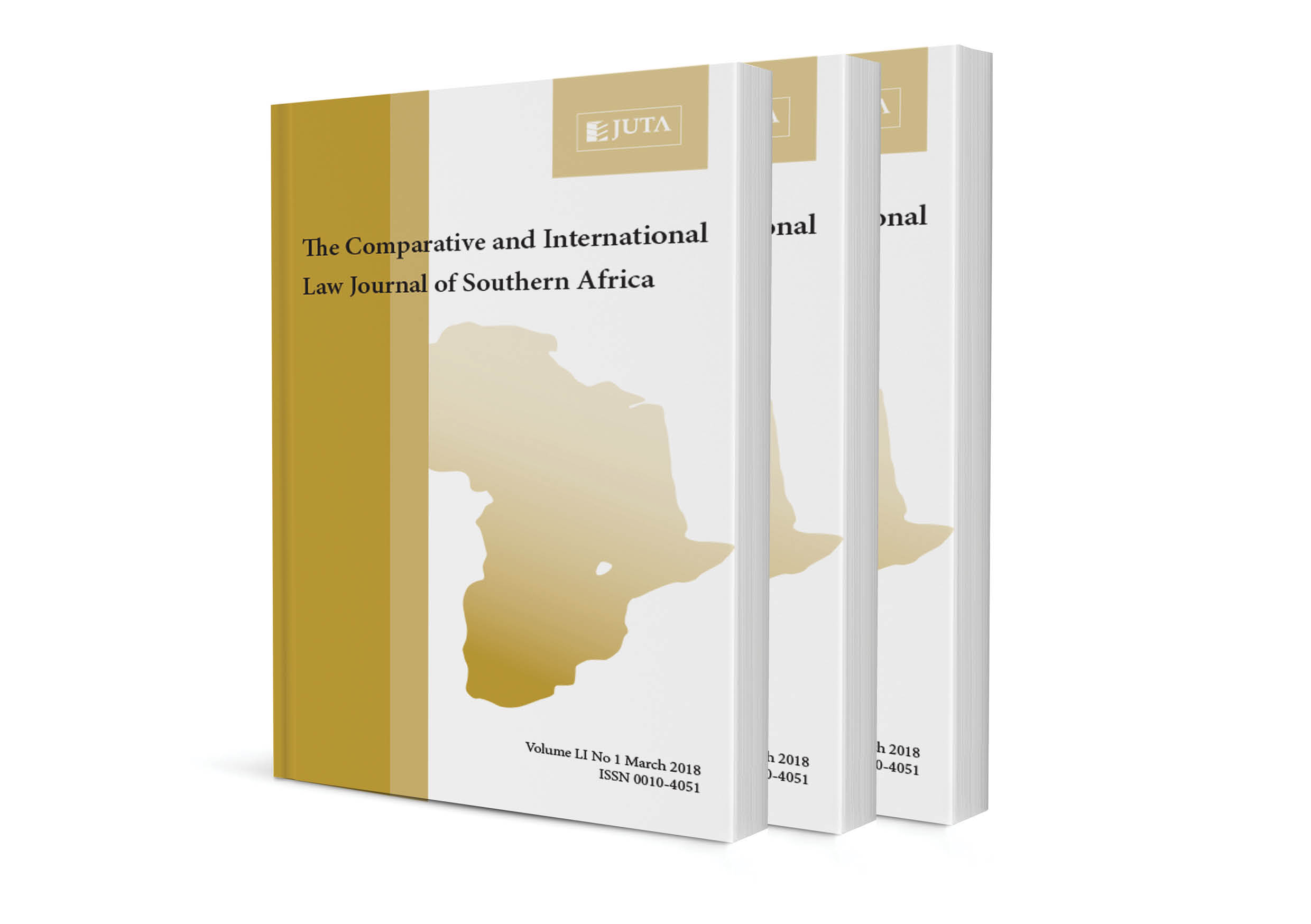
Journal Note: The Canadian Courts’ Approach to the ‘Duty to Consult’ Indigenous Peoples: A Comparative Overview
Author George Barrie
ISSN: 2522-3062
Affiliations: Emeritus Professor, University of Johannesburg
Source: Comparative and International Law Journal of Southern Africa, The, Volume 53 Issue 3, p. 145 – 168
Abstract
Articles 18, 19 and 23 of the United Nations Declaration on the Rights of Indigenous Peoples 2008 and Articles 6 and 15 of the ILO Convention Concerning Indigenous and Tribal People No 169 of 1989, generated a concept of the ‘duty to consult’ indigenous peoples in matters that adversely affect their interests. The question as to whether this ‘duty to consult’ had not developed into a rule of customary international law, was raised at the International Law Association’s meeting in Sofia in 2012. To answer this question a survey of state practice needs to be undertaken. This article focusses on the state practice of Canada regarding the ‘duty to consult’ as illustrated by decisions of that country’s courts. It can be implied that Canadian courts see the ‘duty to consult’ as an obligation which must be adhered to. Canadian courts have recognised the ‘duty to consult’ since the judgment in R v Sparrow in 1990, but the elaboration of the concept came strongly to the fore in a trilogy of cases in 2004 and 2005 in the Haida Nation, Taku River Tlingit First Nation and Mikisew Cree First Nation cases. Since then, the concept has been incisively discussed and applied in the Canadian Supreme Court in the Rio Tinto, Little Salmon, Moses and the Behn/Moulton Contracting cases from 2010 to 2013. The above developments are encapsulated in the 2017 Ontario Superior Court case of Saugeen First Nation. The example of Canadian courts accepting ‘the duty to consult’ its indigenous peoples has manifested itself in other jurisdictions, particularly in Australia and recently in South Africa; and indicates an evolving international customary law norm.